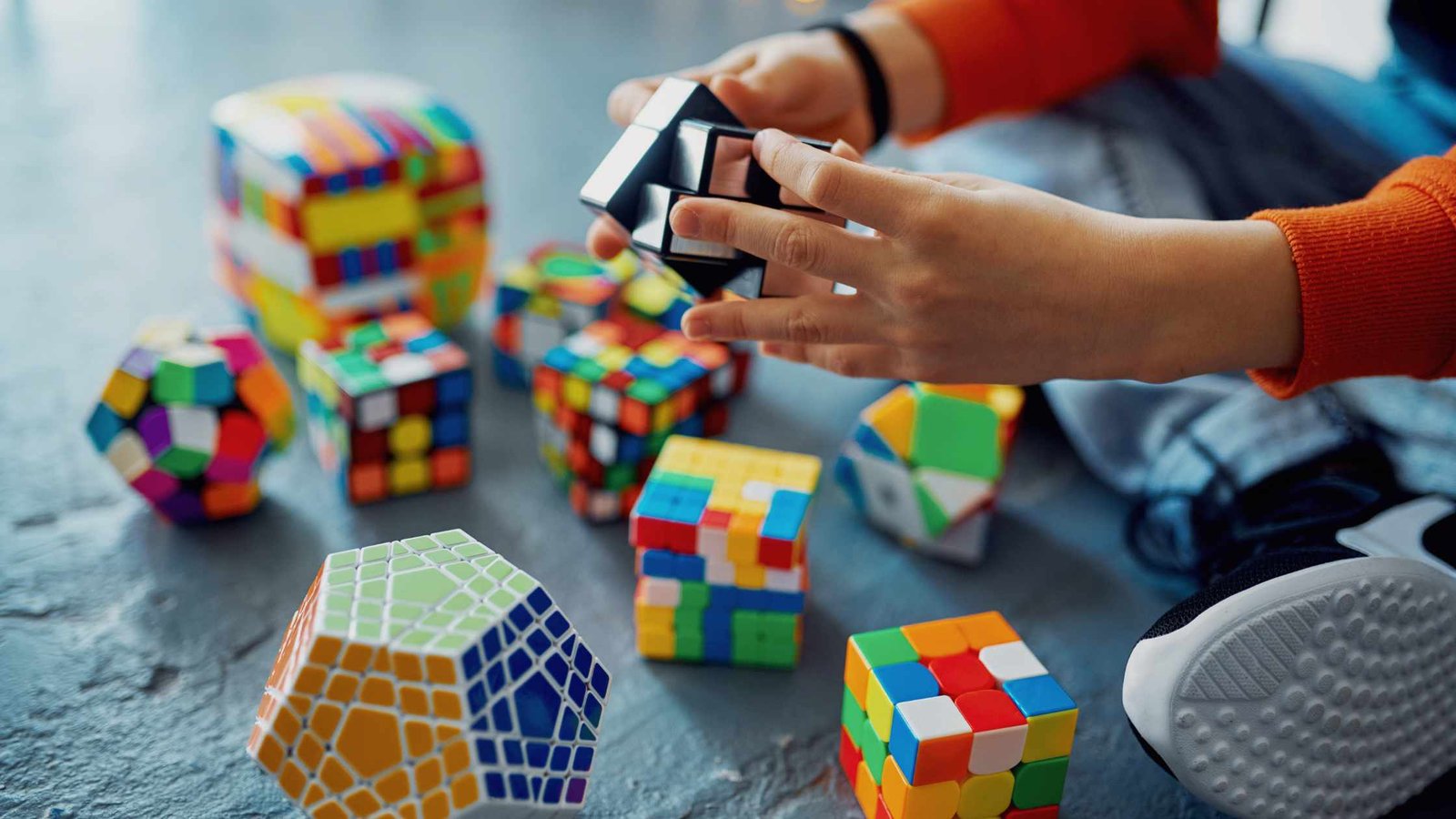
1. Mirror Gazing
Your child’s daily reflection is like their own personal right brain development and brain strengthening games training camp! As they start recognizing themselves, you can add some fun by asking, “Who’s that cutie in the mirror?” This activity contributes to brain development in early childhood as your child develops social and emotional connections every day. They start recognizing themselves. You can help describe themselves looking in the mirror, which will assist in child holistic development strategies by helping them learn more about their body, growth, and confidence in how they look each passing day.
2. Color and Doodling
These activities enhance creativity and memory in kids by inculcating cognitive skills in your child and help further in reading maps or solving math problems. Creative learning activities for kids like doodling can help children remember details by keeping their brains alert and awake. It also helps in hand and eye coordination while developing focus and concentration. Plus, who knows, those random doodles could be the secret sauce to enhanced problem solving? And hey, it’s the only time scribbling outside the lines is totally encouraged!
3. Building and Construction
Using building blocks, LEGO, or other construction toys can boost brain development in early childhood by enhancing spatial and logical thinking. Such brain development games stimulate imagination, foster key skills, and promote child development. As they continue to experiment with different pieces and combinations, they develop divergent thinking skills and learn to see endless possibilities in each construction. Children try to manipulate block pieces, fit them together, and stack them well, improving their hand-eye coordination, fine motor skills, and motor control.
4. Bubble Blowing
Bubble play is like a concoction of science, the arts, and even mathematical reasoning for children, serving as an effective brain exercise. To make the bubble mixture even more fantastic, you can also add food coloring and glitter. This activity contributes to right brain development and is considered to be a good exercise for the jaw and mouth muscles. Children often form groups when playing with bubbles, which can help them develop social and communication skills, thus promoting child holistic development strategies.
5. Finger Painting
Finger painting is a wonderful art form that also provides a sensual experience, contributing to right brain characteristics and brain development techniques for kids. Watch your child’s face light up when they understand that mixing yellow and blue produces a completely new hue! It provides a hands-on sensory experience, allowing them to explore the different textures and temperatures of the paint. Indulging in a creative and tactile activity like finger painting can have a calming effect on children, promoting more relaxation, reduced stress, and overall child development.
6. Scribbling
Did you know that scribbling on paper is an intrinsic part of the writing process? Brain development techniques for kids like scribble drawing or writing enhance imagination skills. When children perceive a visual, their senses are activated. They try to understand and replicate it on paper, engaging in creative learning activities for kids. During this time, a variety of thoughts are formed in the minds of small children, contributing to early childhood development. They try to create something new, thus, increasing their imagination power. This coordination polishes the brain, thereby strengthening intelligence.
7. Clay Play
Did you know that playing with clay is like exercising your fingers? Brain exercises for children like clay play are a whole hand-strengthening workout. When children shape, press, and roll clay, their fingers get stronger and gain more dexterity, contributing to early childhood care and education. It’s similar to playing sports, but with clay as the main gym equipment. Children can also use clay to communicate their thoughts and feelings in a non-verbal manner, boosting emotional intelligence and greater self-awareness, key aspects of child development.
8. Cooking & Baking
Cooking and baking help children practice critical thinking skills like reasoning, making predictions, and problem-solving, aligning with smart learning techniques for children. Recipes also help children learn about the steps involved in the process, developing their fine motor skills, and promoting early childhood education. When mixing ingredients or observing the transformation of raw food into cooked meals, they learn about cause, effect & measurements in a tangible way (only if they don’t eat the batter first). As they measure ingredients and follow recipes instructions, they engage in memory training exercises for children, learning to make decisions independently, fostering a sense of accomplishment and self-assurance, crucial for building confidence.